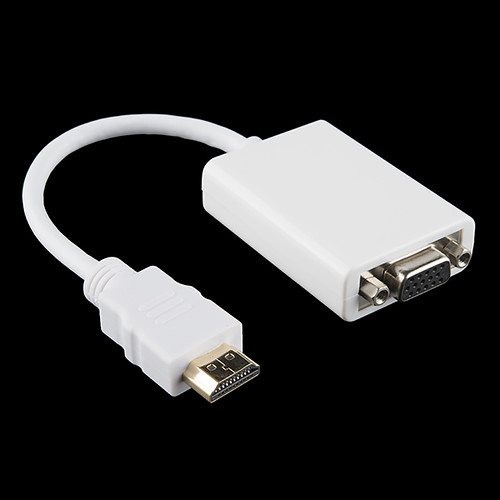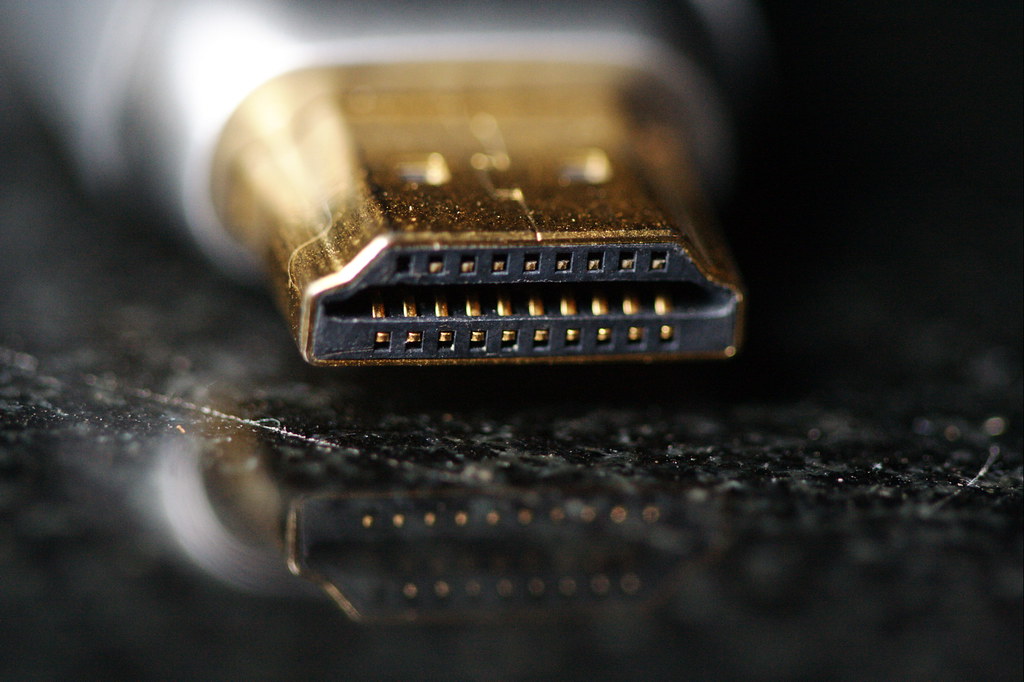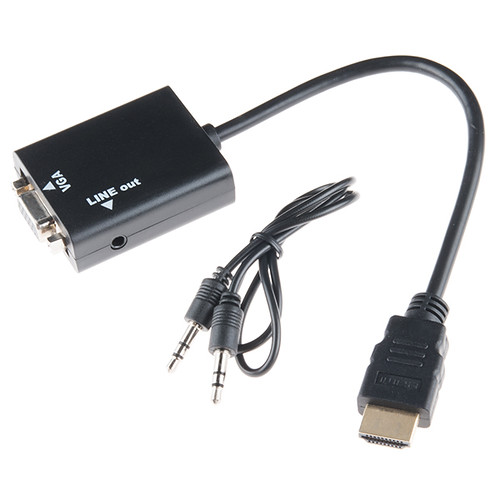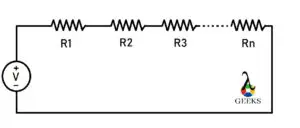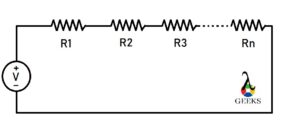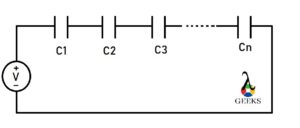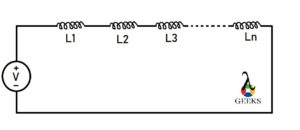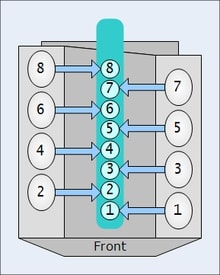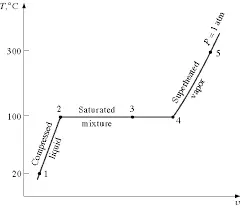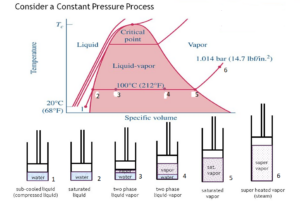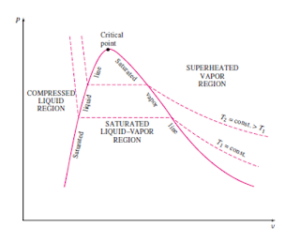The transformer is an appliance that conveys electrical energy from one electrically isolated circuit to other electrically isolated circuit by way of a magnetic field medium without change in the frequency.
This article will discuss the different transformer examples in details.
Transformer Example as follows:
Instrument Transformer
An instrument transformer is a special transformer designed with high accuracy to measure, isolate or transform high-level current or voltage applications in a power system.
The primary winding (or coil) of the instrument transformer is directly linked to the high voltage or high current circuit, whereas the secondary winding (or coil) of the instrument transformer is linked to the instrument or meter.
Instrument Transformers can be classified into two types:
Potential transformer
A potential transformer is a type of instrumentation transformer designed to measure high voltage in a power system while using a standard low range voltmeter.
The primary winding (or coil) of the potential (or voltage) transformer has greater number of turns than that of the secondary winding (or coil), where the secondary winding is linked to a voltmeter. In potential transformer magnetic core with shell-type construction is used for better accuracy.
Application:
- Used to operate protective devices and relays.
- Used in synchronizing generators or devices with grid.
- Used while protecting feeders.
- Used in long power line carrier communication circuits.

Current Transformer
The Current Transformer is an example of a transformer designed to measure a high current in the power system, which can convert the primary current into the required secondary current.
In the current transformer, the primary winding has less number of turns than that of the secondary winding, whereas the wire used in the primary winding is is heavy wire. In contrast, the wire used in the secondary winding is a very fine (or thin) wire.
A low range of ammeter is connected in the secondary winding where the can be treated as short circuit because the internal resistance of the ammeter is negligible relative to the resistance of the secondary winding resulting current transformer is prepared for short circuit condition. Current Transformers secondary winding should not be left open because it can lose its calibration.
Application
- A current transformer is used for isolation between the measuring instrument and the high voltage power circuits, which ensures the operator’s safety with proper operation.
- A current transformer is used to measure current, which is very accurate within a specific current range.
Auto Transformer
Auto transformer is an example of a transformer that is predominantly used in applications where low voltage is required.
An auto transformer is a transformer that contains only one winding common to both primary and secondary circuits of the transformer.
Advantages of the auto transformer (over two separate winding transformers):
- Less amount of conductor and core material is required for construction
- Ohmic loss is reduced
- An auto transformer has powerful efficiency than two-winding transformers for the exact value of the input.
- The lower value of leakage impedance
- An auto transformer is low-priced relative to two winding transformers.
The main disadvantage of an auto transformer is that, unlike two separate winding transformers, here in an auto transformer, direct physical contact between the primary and the secondary circuit is there, which causes to Lost in electrical isolation between two sides. If electrical isolation is not required in the application, then the auto transformer is inexpensive to tie nearly equal voltages together.
Applications:
Audio frequency Transformer
In the audio frequency span of 20 to 20000 Hz, a tiny iron core transformer is used, which is known as an Audio-frequency transformer.
Audio frequency Transformers can be used for communication, measurement, and control. It can be used in isolation, such as the output speaker being isolated from the input amplifier; in such a case, the primary and secondary winding ratio is 1:1.
Audio frequency transformer is mainly used for
- Impedance Matching.
- To step up or step down the voltage in the amplifier to obtain the required voltage gain.
- To increase or decrease the load impedance.
This device can be used as a bidirectional device, such as primary winding can be output winding and input winding, similarly the secondary winding can be operate as input or output winding.
An audio frequency transformer’s complete audio frequency range can be divided into three-part low-frequency, immediate, and high-frequency ranges.
Pulse Transformer
A pulse transformer is a transformer that operates with pulse form of voltage and current this type of transformer is commonly used in digital communication, radar, television, thyristor systems, etc.
The input of the pulse transformer is discontinuous or discrete in nature, where the pulse width can vary. An essential requirement of the transformer is that the input pulse to the primary circuit, after being transferred to the secondary circuit, can be reproduced accurately.
The Transformer analysis in Pulse transformer is carried out by dividing its solution into three parts. The first part gives the response for the front edge of the pulse, the second part gives the response for the flat top of the pulse, and the third part provides a reaction after the termination of the pulse.
The size of the pulse transformer is minimal. As primary and secondary winding have comparatively few turns resulting leakage inductance is minimum.
Rotary Transformer
The rotary transformer is the same as a two separate winding Transformer accept the geometry.
Rotatory Transformer is used to couple electrical signals between primary and secondary winding, which rotates concerning each other with negligible changes in electrical characteristics.

There can be three basic configurations of rotatory transformer: concentric cylindrical Axis configuration, face-to-face or pot core configuration, and the LT core configuration.
Parametric Transformer
Parametric Transformer was first described by Wanlass, et al. in 1968.
The parametric transformer is a special type of transformer that transfers power from primary to secondary without using mutual inductance coupling but by variation of the parameter in its magnetic circuit.
Linear variable differential transformer (LVDT)
The linear variable differential transformer is a class of transformer which is used for measuring position and displacement of an object under observation.
The linear variable differential transformer (LVDT) is an electromechanical instrument that responds to the linear motion (of an object) or position and convert it into a corresponding electrical signal.
Linear Variable Differential Transformer (LVDT) embodied of three coils, one primary coil and two secondary coils. The number of turns in both secondary coils is identical, and both secondary coils are connected in such a way that the output is the difference of voltage between two secondary coils.

LVDT (Linear Variable Differential Transformer) is known also as linear variable displacement transformer or differential transformer.
Rotary variable differential transformer (RVDT)
The rotary variable differential transformer (RVDT) is a class of transformer which responds on angular displacement or rotatory motion of an object under observation.
RVDT is similar to LVDT apart from the geometry design. The output of the RVDT is AC current equivalent (or relative) to the angular displacement of the object under observation.
RVDT has one primary coil and two secondary coils same as LVDT. The number of turns in both secondary coils of RVDT is identical. Both secondary coils are linked in such a way that the resulting voltage is the difference in voltage between both secondary coil’s voltage. But the geometric shape of RDVT Cam.



